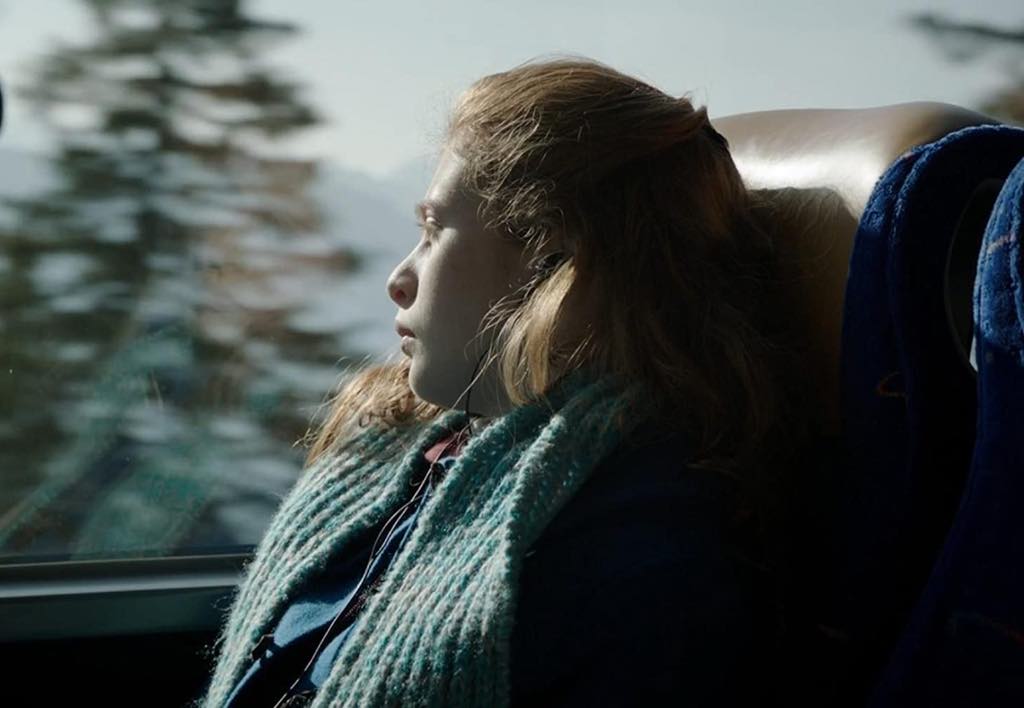
The zombie – once the domain of cult-movie fans – has only recently become a mainstay of popular culture. In the past decade, much has changed thanks to TV shows that garner record ratings, offering everything from the apocalyptic scenario of The Walking Dead (2010-) to rom-zom-coms like Santa Clarita Diet (2017-19). And now prequels, the ultimate sign of commercial success, are popping up.
Some critics have linked the theme’s popularity to post-9/11 anxieties about unseen threats to Western civilization, and it’s true that peaks in the popularity of zombies throughout history clearly coincide with what is happening in society. Some scholars have even labeled the zombie a “barometer of cultural anxiety.” In the 1950s, alien body snatchers crystallized fears of Communist infiltration and invasion. George A. Romero’s classic 1968 movie Night of the Living Dead ends with Ben, an African-American character, being killed by a mob that mistakenly identifies him as a resurrected monster, offering powerful social commentary at a time of race riots and general unrest in the United States.
Perhaps the most original of all recent TV versions of the zombie is the French show The Returned (Les Revenants), a 16-episode show with two seasons released in 2012 and 2015. This inventive series effectively reconfigures everything we associate with zombies. The word “zombie” inevitably conjures up images of shuffling, brain-dead figures on the prowl for human flesh, but there is none of that in The Returned. Instead, many of the deceased inhabitants of a small town in the French Alps begin to inexplicably reappear.
Each episode focuses on one revived individual, providing his or her backstory and showing the consequences of this strange event on the living. In some cases, the returned are not warmly welcomed. The brooding Simon, a young man who committed suicide on his wedding day 12 years earlier, seeks out his fiancée, only to find that she has not only moved on but has also remarried.
While the show does not have the gratuitous gore generally found in zombie media, it is not without its disturbing moments, such as the flashback to the senseless murder of a young boy, Victor, during a home invasion. Then there is the school bus plummeting off a mountain road that opens the first season and haunts the town well before one of the fatalities comes back from the dead four years later.
Director Fabrice Gobert’s supernatural series featuring sentient undead characters has enough nods to the zombie genre to remind us that it fits into that tradition, such as the characters being voraciously hungry when they reappear. In the first episode, the mother of Camille, one of the victims of the bus crash, walks downstairs and sees the fridge door open and close as Camille, her dead daughter, makes herself a sandwich. She does not speak, but her face speaks volumes. We see grief etched on her features, surprise at seeing her long-mourned daughter, fear that she is imagining it and finally a desire to believe, whatever the cause. All the while, Camille is chatting without pause about being hungry and finding her way home.
The show’s setting is used to great effect: mountains and a huge dam loom, as if to underscore the powerlessness of humans to change their destinies. Gobert filmed the show in almost entirely natural light, with many scenes shot at twilight. While a third and concluding season was never made, there are enough clues to enable the viewer to piece together a personal interpretation of the paranormal events. The lack of a neat finale seems appropriate since little is black or white in life – or death.
The most radical change in this French revamping of the zombie is that the living, rather than the enigmatic undead, are the most dangerous and destructive characters. Indeed, the show might be read as a subtle yet powerful parable of multiculturalism. Over the two seasons, many locals harbor suspicions about and increasingly militate against the incomers. It is not difficult to see the returning dead as a metaphor for immigrants seeking acceptance while facing hostility and prejudice from some elements in their host communities. This message resonates with wider debates within the European Union during the period when the show was shot and screened – and still does today.
Favorite